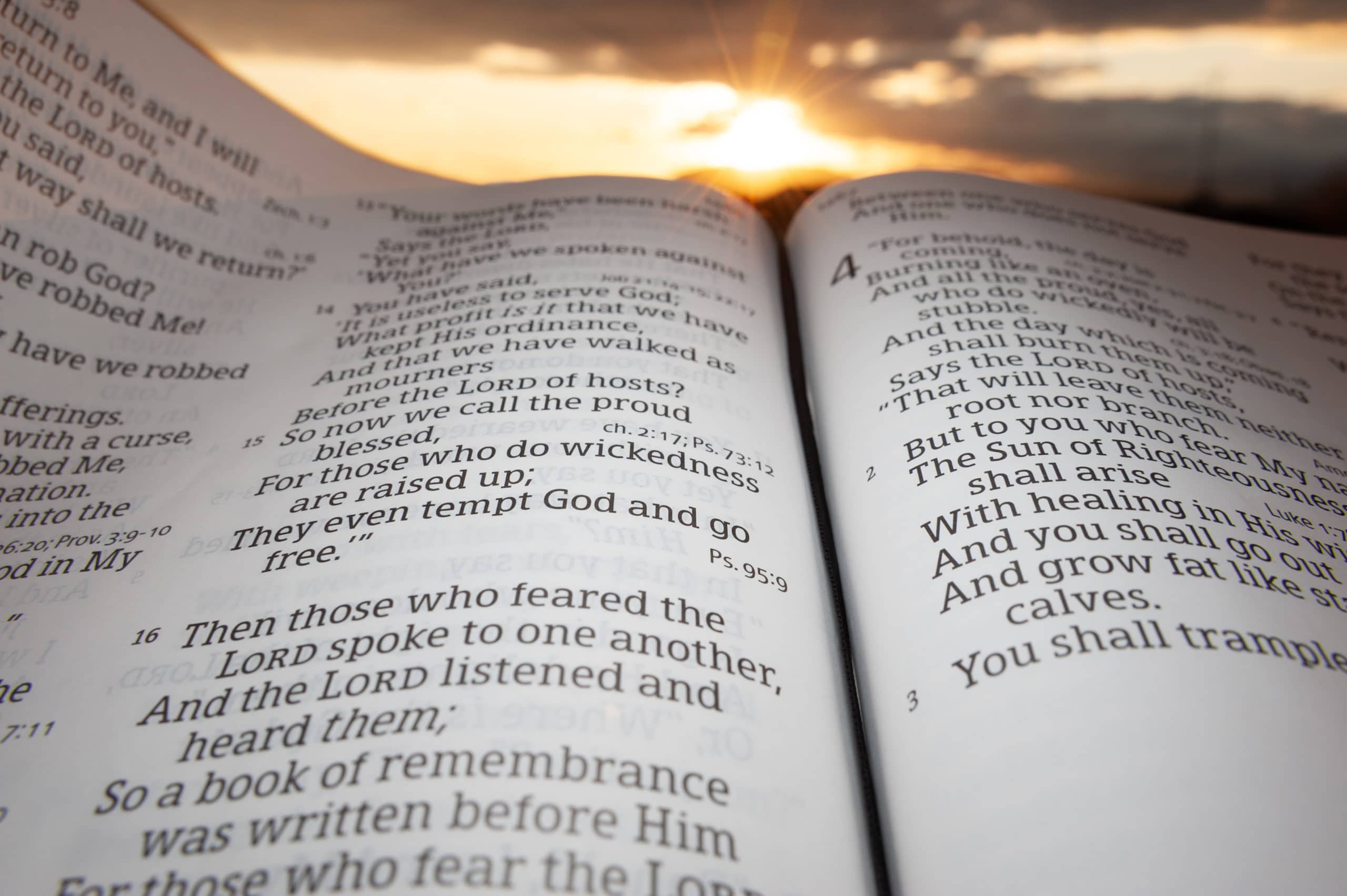What are in the seven seals of the scroll in Revelation?

Revelation is a highly symbolic book that requires careful study to understand what each of the seven seals of the scroll means. The scroll in Revelation first appears in chapter 5:1-5:
“And I saw in the right hand of him that sat on the throne a book written within and on the backside, sealed with seven seals. And I saw a strong angel proclaiming with a loud voice, Who is worthy to open the book, and to loose the seals thereof?
And no man in heaven, nor in earth, neither under the earth, was able to open the book, neither to look thereon. And I wept much, because no man was found worthy to open and to read the book, neither to look thereon.
And one of the elders saith unto me, Weep not: behold, the Lion of the tribe of Judah, the Root of David, hath prevailed to open the book, and to loose the seven seals thereof”
The one sitting on the throne holding the book (or scroll) with seven seals is God. An angel asks, “Who is worthy to open the book?”
No man was found worthy but the Lion of the Tribe of Judah was found worthy. This lion is better identified in verse 9 where it says, “Thou art worthy to take the book, and to open the seals thereof: for thou wast slain, and hast redeemed us to God by thy blood out of every kindred, and tongue, and people, and nation.” The lion, then, is Jesus Christ, also identified in verse 12 as “the Lamb.” He is worthy to open the seals of the book.
Then, beginning in chapter 6, the Lamb opens the seals, one after another. The seventh seal is finally opened in chapter 8 when the book can finally be opened, read and understood. The opening of each seal represents events that take place during the Gospel Age, the period beginning after the Christ’s First Advent and up to the introduction of Christ’s kingdom on earth, a period spanning over 2,000 years.
Here is a very brief interpretation of what transpires at the opening of each seal. It is helpful to know that horses represent teachings or doctrines that carry a particular influence.
(6:1, 2) – When the first seal is opened, a white horse appears and the rider is described as a conqueror of others. This white horse represents the purity of the original gospel message at the time of the early church. The rider then is the influence of the apostles, especially of the Apostle Paul.
(6:3, 4) – With the opening of the second seal, a red horse appears and the rider has a sword to kill and power to take peace from the earth. This depicts the time when false doctrines were introduced into Christianity and Christians fought for power.
(6:5, 6) – The opening of the third seal saw a black horse and a rider with a pair of scales in his hand. This describes the time in history, often termed “the Dark Ages.” The teachings of Christianity became darkness rather than light. This began the church/state union of the Holy Roman Empire. The rider carries scales as if to make sure everyone conformed to the demands of the corrupted church. That church system became the judge in place of God.
(6:7, 8) – The fourth seal saw a green horse with the rider named, “Death and hades.” He had the power to kill at his own discretion. This was the period of Papal supremacy where it had the power to control all doctrines but her doctrines led only to death.
(6:9-11) – The fifth seal saw the souls of the slain under the altar. This describes the persecuted saints who were faithful to the truth found in the Scriptures. They eventually cry to God for justice against a system that persecuted them. But they were told it was not yet time for God’s judgements to be revealed.
(6:12-17) – The sixth seal saw a great earthquake, the sun blackened and the moon turned to blood. The earthquake symbolizes the French Revolution where religious doctrine was severely challenged in what was called “The Age of Enlightenment.” This corresponds to the sun turning black and the moon to red. The sun is the New Testament Gospel. The moon is the Old Testament Law. Men like Voltaire challenged and ridiculed religious thinking. The “stars fell to the earth,” picturing the apostles’ loss of influence). This again, showed a disdain for Christianity.
(8:1) – Finally, the seventh seal is opened and there is silence in heaven. This takes us to the end of the age when the faithful church is complete and God’s earthly kingdom is established.
A study of the book of Revelation is challenging. Many Christians do not agree on some specific applications, but a helpful approach is to view many aspects as historic fulfillments. We suggest that the 7 churches (chapter 2-3), 7 seals (chapters 6-8) and 7 trumpets (8-11) run concurrently and describe different aspect of the Gospel Age.
Seeing that the events described were all predicted before they occurred should help us appreciate that God has command of human history. God is preparing the world for the great blessings of his earthly kingdom. Mankind’s experiences will be a vital part in teaching that we cannot properly rule the earth without the guidance of God. We all need Him and His divine plan will result in the blessing of all who have ever lived!






